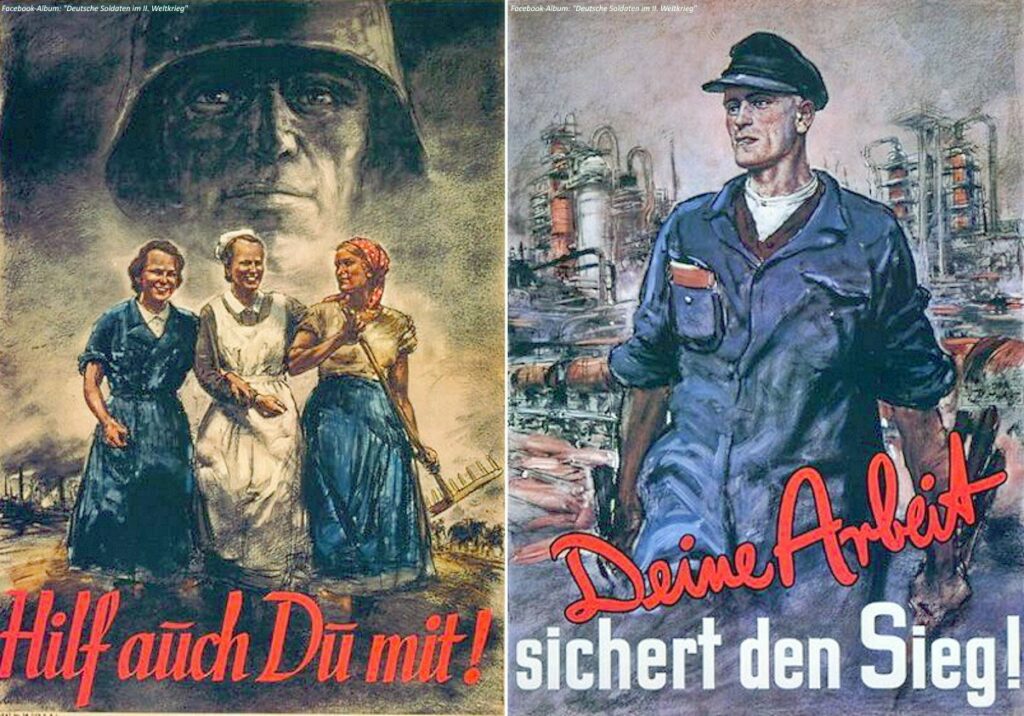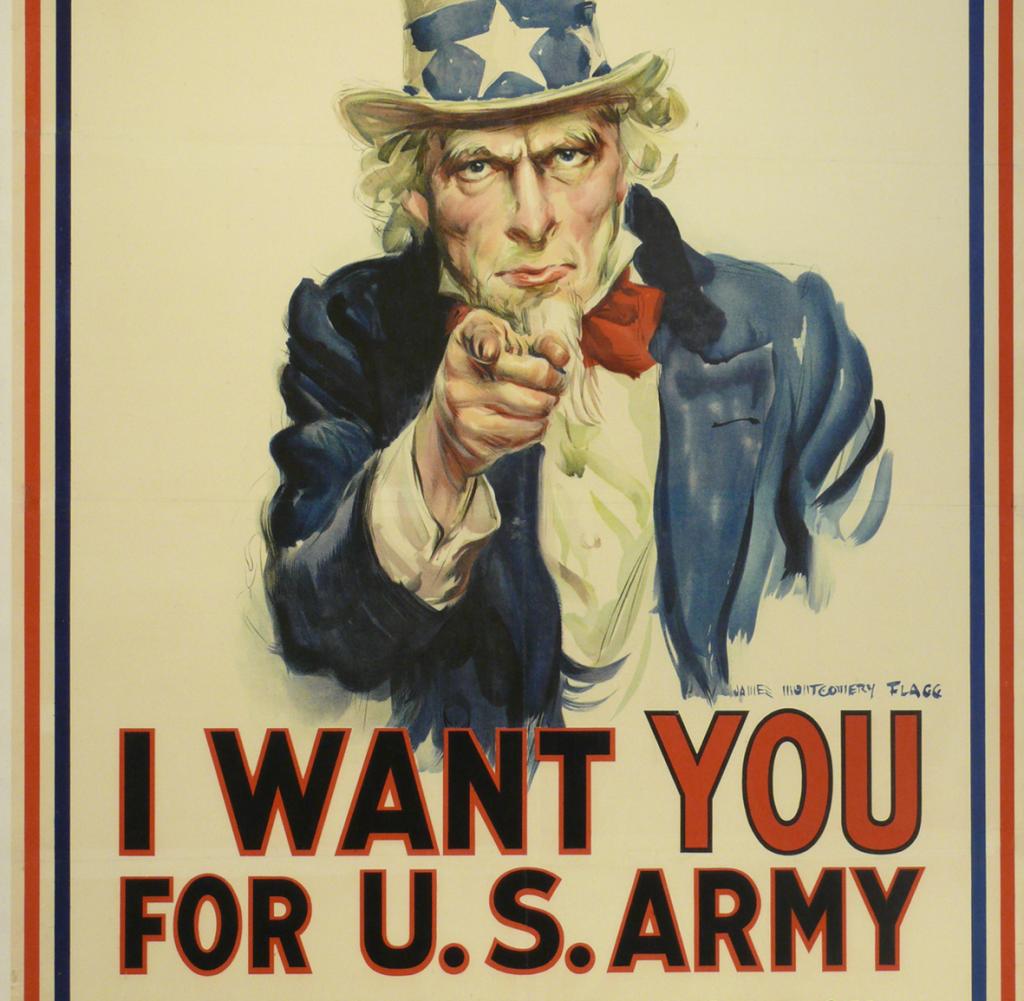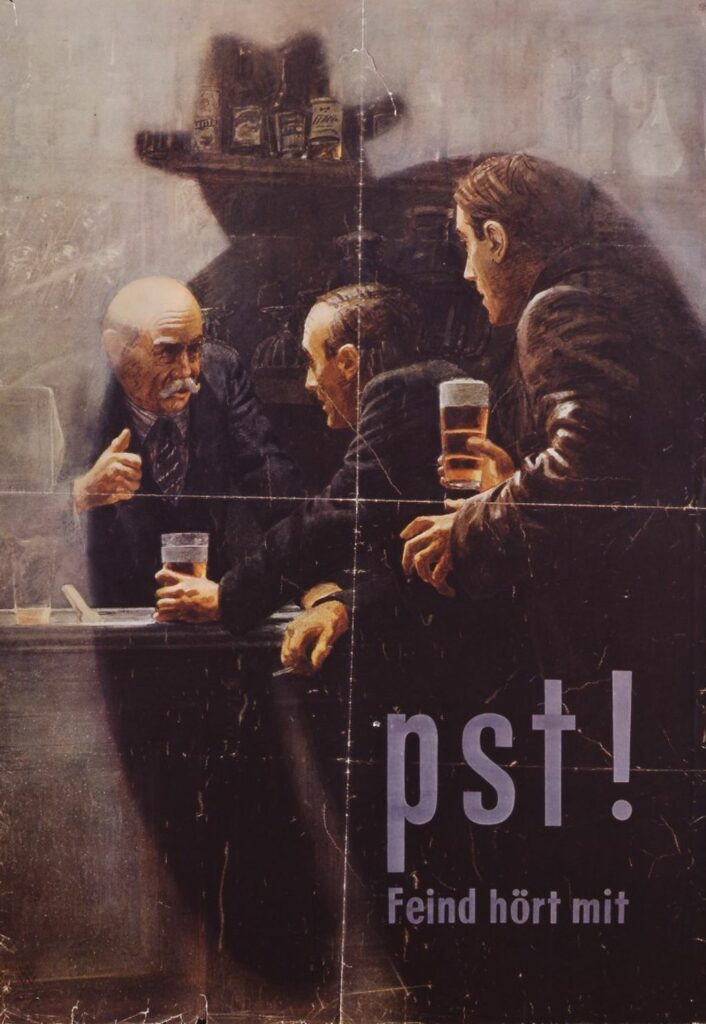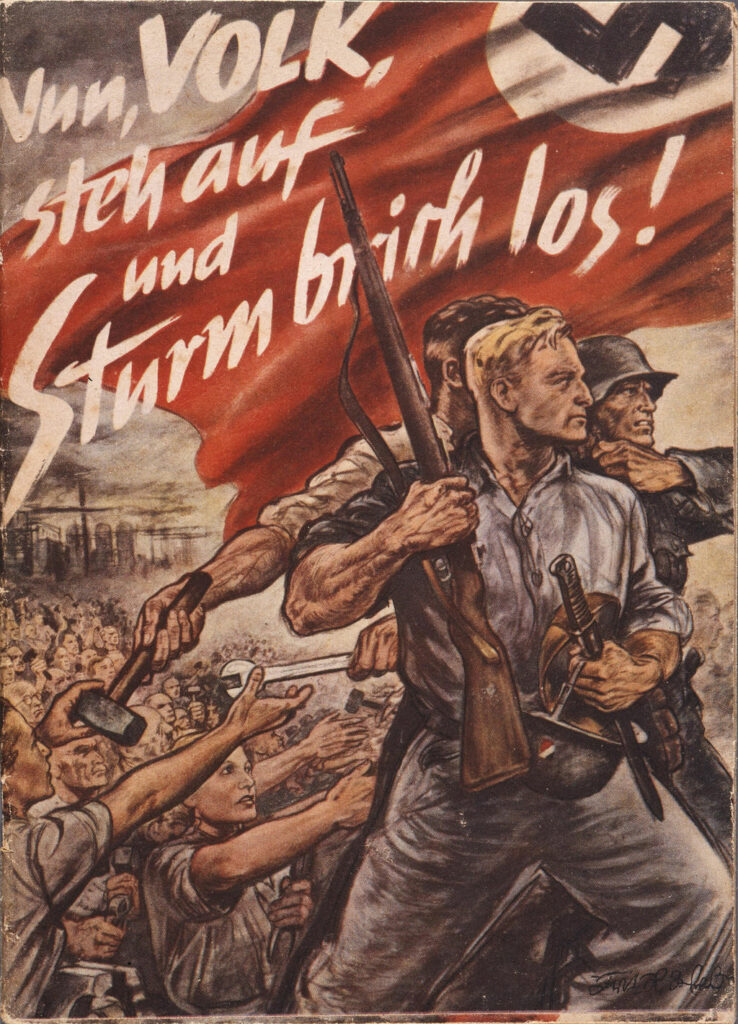Design activism is about using one’s responsibility as a designer to draw attention to social, political and socially relevant issues. However, this does not mean influencing opinions. It’s about shining a light on areas that are still too much in the shadows. It is also important to research facts, backgrounds, motives, cultural differences, etc. In doing so, the contents should not be blindly and one-sidedly illuminated. Research and the comprehensive study of a topic are the prerequisites for quality work. Design activism aims to exert a positive influence in relation to a specific topic, not to be confused with (opinion) influencing. It is intended to create attention and an incentive for society to deal with certain topics.
Propaganda, on the other hand, intends to deliberately influence people’s thoughts, actions and even feelings according to the particular interest of the sender. Propaganda is mainly used by politicians and the military in war to convince the population of their own war, whereby there is a one-sided illumination of the necessity of the war and important aspects, such as own power and economic interests, war suffering, war crimes, etc. are disregarded. Another goal of propaganda, however, is to recruit soldiers for the war, to maintain the military’s readiness to fight, to weaken the enemy’s war morale and to deceive the enemy by spreading false information.
Forms of propaganda
The means used for propaganda appear in different forms. Forms that have existed since ancient times and do not require the classical media are, for example, preachings, speeches or songs in front of an audience. In modern times, however, propaganda is carried out almost exclusively via the media, as this has the advantage of rapid and widespread dissemination. Specifically, these are propaganda messages in the form of leaflets, newspaper and Internet articles, posters, photographs, film recordings, radio broadcasts and even computer games.
Magazine “Die Wehrmacht”, 1941;
Nazi propaganda brochure on the “Total War, 1943


Computational propaganda
In context of social media there is a specific form of propaganda called computational propaganda. The Oxford Internet Institute from the University of Oxford made a research project, where the use of social media for public opinion manipulation was examined. Referring to this research project, computational propaganda is a term and phenomenon that encompasses recent digital misinformation and manipulation efforts. It is the use of algorithms, automation, and human curation to purposefully distribute misleading information over social media networks (Woolley & Howard, 2016). It’s about learning from real people and to mimic them, so that the public opinion can be manipulated across different platforms and device networks (Woolley & Howard, 6: 2016). The research project from the Oxford Internet Institute demonstrates the origins and concrete consequences of computational propaganda. Social media platforms are the primary media over which (young) people develop their political identities, which is why social media is also actively used to manipulate public opinion in different ways and on different issues.
In summary, it can be said that computational propaganda is one of the most powerful tools against democracy. Social media firms are the platforms for it, so they also should take their responsibility to redesign themselves for democracy.
Sources:
Samuel C. Woolley & Philip N. Howard, “Computational Propaganda Worldwide: Executive Summary.” Samuel Woolley and Philip N. Howard, Eds. Working Paper 2017.11. Oxford, UK: Project on Computational Propaganda. comprop.oii.ox.ac.uk. 14 pp.



